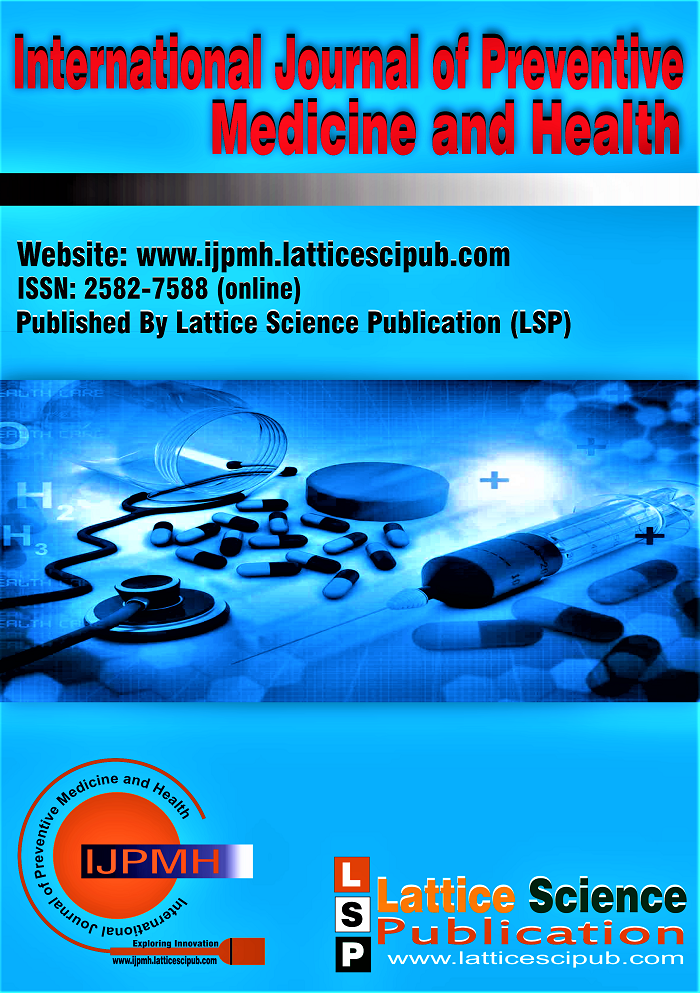Hearing Loss in Chronic Otitis Media Mucosal Type, Does This Have a Relation with Patient Demographic Profile, a Study in the Third World Country
Main Article Content
Abstract
The study was conducted to establish a relationship between hearing loss withthe demographic profile in patients with chronic otitis media inactive mucosal disease. Patients with chronic otitis media (COM) inactive mucosal disease, of both sexes and different age groups were assessed and grouped based on unilateral or bilateral ear involvement; rural and urban, and based on the duration of discharge. Hearing loss (HL) was measured by calculating the air-bone gap via pure-tone audiometry. The study included 210 ears, a total of 161 patients. The age group of patients ranged from 15 to 55 years. Maximum proportion (53 %) in younger age groups (15-25 years) but no relation with HL was seen. Incidence was higher in females, with significantly greater HL. Greater HL in bilateral involvement. 51% right ear and 49% left ear involvement; 59 % from the rural area, 41 % from urban areas; no significant difference in HL. Duration of ear discharge varied from2 months to several years; maximum proportion (41%) for more than 10 years, with maximum HL (27.18 dB). Hence, it was concluded that high incidence of COM was in patients in the younger age range, in females, in rural areas, and in unilateral ear involvement. HL was significantly higher with bilateral involvement and in the female population. Greater HL was associated with longer discharging ears.
Downloads
Article Details

This work is licensed under a Creative Commons Attribution-NonCommercial-NoDerivatives 4.0 International License.
How to Cite
References
Chronicsuppurativeotitis_media.pdf.Availablefrom:https://www.who.int/pbd/publications/Chronicsuppurativeotitis_media.pdf
John C Watkinson RWC, editor. In: Scott-Brown’s Otorhinolaryngology Head & Neck Surgery. Eighth edition.
Filipe M, Karppinen M, Kuatoko P, Reimer Å, Riesbeck K, Pelkonen T. Suppurative otitis media in Angola: clinical and demographic features. Trop Med Int Health. 2020 Oct;25(10):1283–90. https://doi.org/10.1111/tmi.13466
Maharjan M, Kafle P, Bista M, Shrestha S, Toran K. Observation of hearing loss in patients with chronic suppurative otitis media tubotympanic type. Kathmandu Univ Med J. 1970 Jan 1;7(4):397–401. https://doi.org/10.3126/kumj.v7i4.2761
Koch A, Homøe P, Pipper C, Hjuler T, Melbye M. Chronic suppurative otitis media in a birth cohort of children in Greenland: population-based study of incidence and risk factors. Pediatr Infect Dis J. 2011 Jan;30(1):25–9. https://doi.org/10.1097/INF.0b013e3181efaa11
Nahata V, Patil C, Gattani G, Disawal A, Patil R, Roy A. Tympanic membrane perforation: Its correlation with hearing loss and frequency affected - An analytical study. Indian J Otol. 2014;20(1):10. https://doi.org/10.4103/0971-7749.129796
Aneesa M, Siraj S, Ali A. Correlation of tympanic membrane perforations with hearing loss. Int J Otorhinolaryngol Head Neck Surg. 2019 Aug 27;5(5):1213. https://doi.org/10.18203/issn.2454-5929.ijohns20193857
Sood AS, Pal P, Kumar A. Tympanic membrane perforation: correlation of hearing loss with its site and size. International Journal of Otorhinolaryngology and Head and Neck Surgery. 2018 Feb 23;4(2):397–402. https://doi.org/10.18203/issn.2454-5929.ijohns20180016





